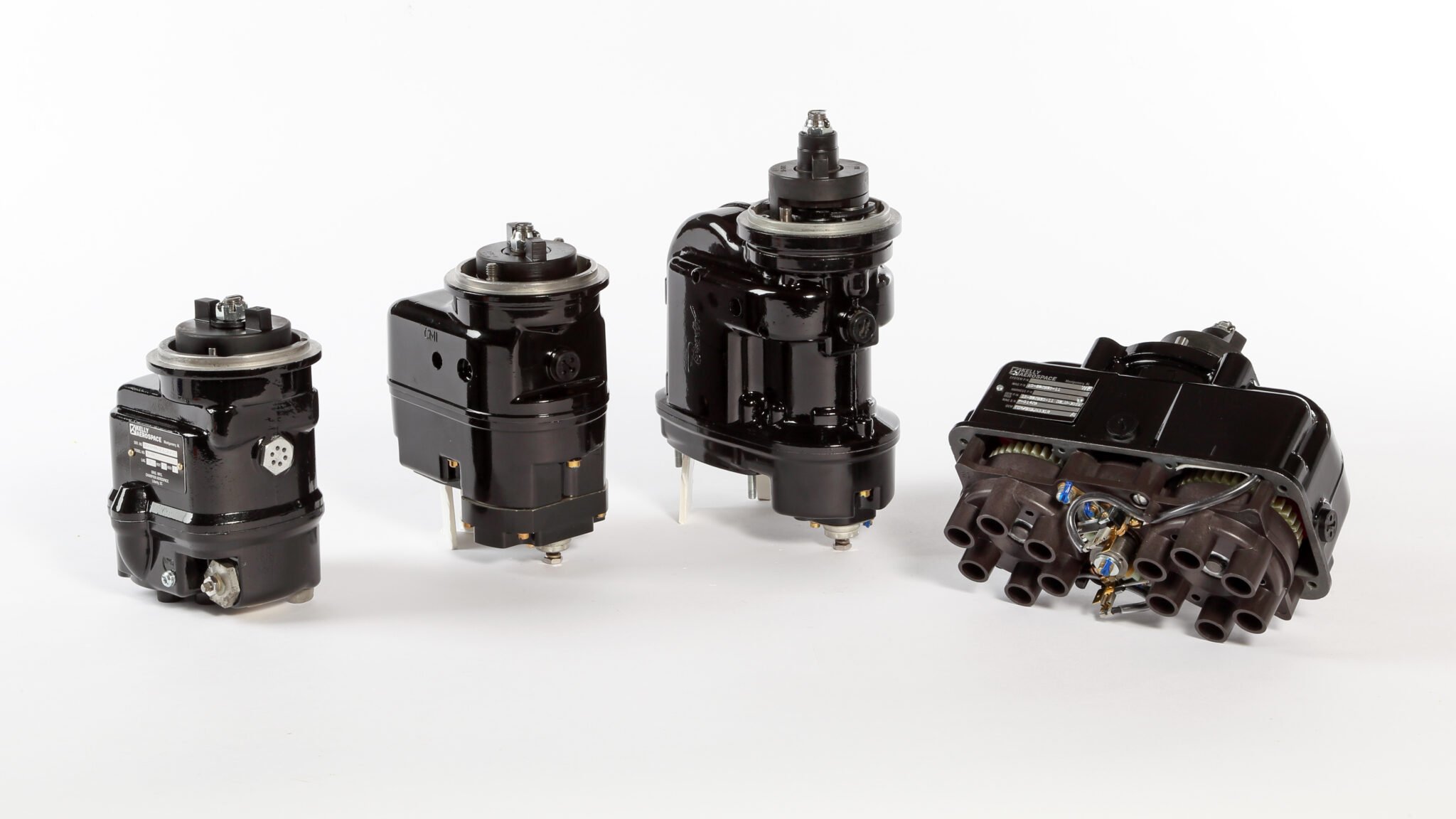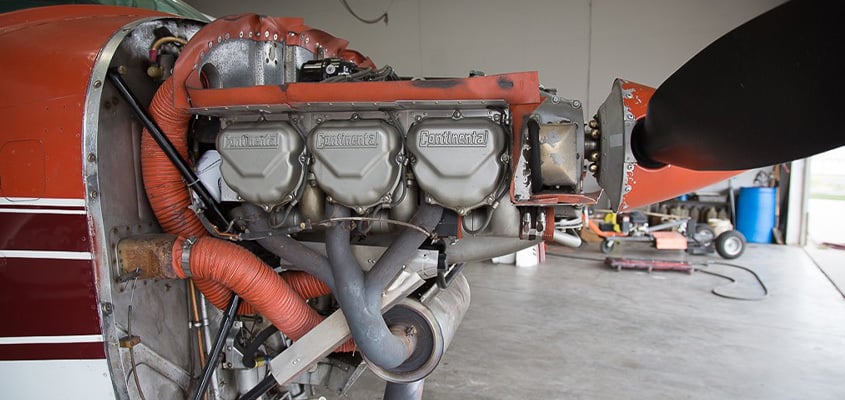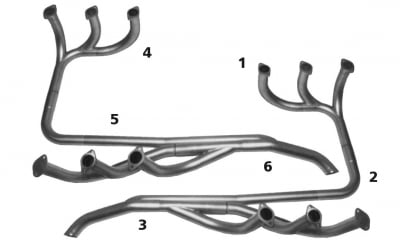General Aircraft Maintenance and Safety Tips
A well-maintained aircraft operates at its best for the rest of its life. In addition, regular maintenance can help prevent major repairs and extend its useful life by minimizing wear and tear, as suggested by Knisley Welding, a company that manufactures and repairs aircraft exhaust systems.
What are the basic aircraft maintenance and safety tips?
Engineers and aircraft experts at Knisley Welding share the basic aircraft maintenance and safety tips that any enthusiast should know. But for more specific instructions, always refer to the manufacturer’s maintenance manual, the recommendations from aviation authorities, and your company regulations.
Personnel safety
Maintenance personnel should watch for their own safety and everyone around them. Consequently, they need to follow good working practices, undergo training, and keep the hangar, shop and ramp clean and organized (clutter and spillage are known to cause accidents). Personnel safety is also about wearing the proper safety gear. For instance, anyone must wear hearing protection when working with pneumatic drills, rivet guns, and other tools and equipment that emit loud sounds.
Learn the basics
All aircraft enthusiasts should know the fundamental principles of aerodynamics so they can maneuver the plane back to straight-and-level flight, and its essential parts to help them immediately identify issues and fix them.
Thorough pre-flight inspection
No matter how new and “fancy” your aircraft is, there’s always a chance that some essential parts of it may malfunction. As a result, you must always inspect the cabin and exterior thoroughly before taking off. Cabin inspection. Always review the paperwork (i.e., Airworthiness certification, registration, operating handbook, and weight and balance data); and remove the control wheel lock to check if the ignition switch is off and the keys are not in the ignition, the fuel quantity, the master switch, the lower flaps, and the fuel valve. Exterior inspection. Look for anything that appears mechanically unstable such as missing or loose fasteners and rivets. In short, anything that doesn’t look right should be treated as a serious issue.
Working with electrical equipment
Technicians must work with proper gear such as safety glasses, rubber gloves, grounded safety mats, etc., and ensure that there is no flammable material and clutter around the area that may cause fire accidents.
Regular aircraft maintenance for pilots
Certified pilots should perform basic aircraft maintenance such as removing, installing and repairing landing gear tires; cleaning and greasing the landing gear wheel bearings; and adding oil or air to service landing gear shock struts.
Scheduled aircraft maintenance
In a nutshell, this is preventive maintenance performed by professionals at regular intervals–e.g., after every 100-hour flight, yearly inspection, progressive inspection, among others.
Aircraft exhaust inspection
Aircraft exhaust systems require regular maintenance and detailed inspection to prevent more serious issues. Because of the hot and corrosive environment in which they operate, they are more susceptible to cracks and leaking connections than other engine parts. To prevent carbon monoxide poisoning and other risks caused by a faulty exhaust system, make sure that you only work with an industry leader like Knisley Welding known for manufacturing quality aircraft exhaust parts and doing repair services. As a general rule, have your entire exhaust system inspected every 2-3 years. Meanwhile, you need to know the telltale signs that your exhaust system is not sound, such as misaligned pipes or other components and the appearance of gray or black streaks on the pipes.
Hazardous materials
Proper labeling is one of the keys to ensuring your shop is safe and efficient. For example, containers with hazardous materials should have a diamond-shaped label. For a more in-depth instruction of proper labeling and handling of dangerous products, read the Safety Data Sheet.
Best Practices for Aviation Maintenance Safety
As a general rule, every aircraft enthusiast should know how to do some basic cabin and exterior inspections. But for a more in-depth look and repair, leave it to the professionals. In addition, make sure that your exhaust system is only repaired and/or replaced by PMA and FAA-approved companies like Knisley Welding.


